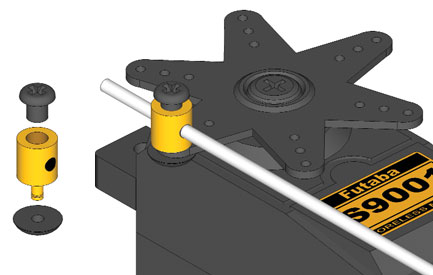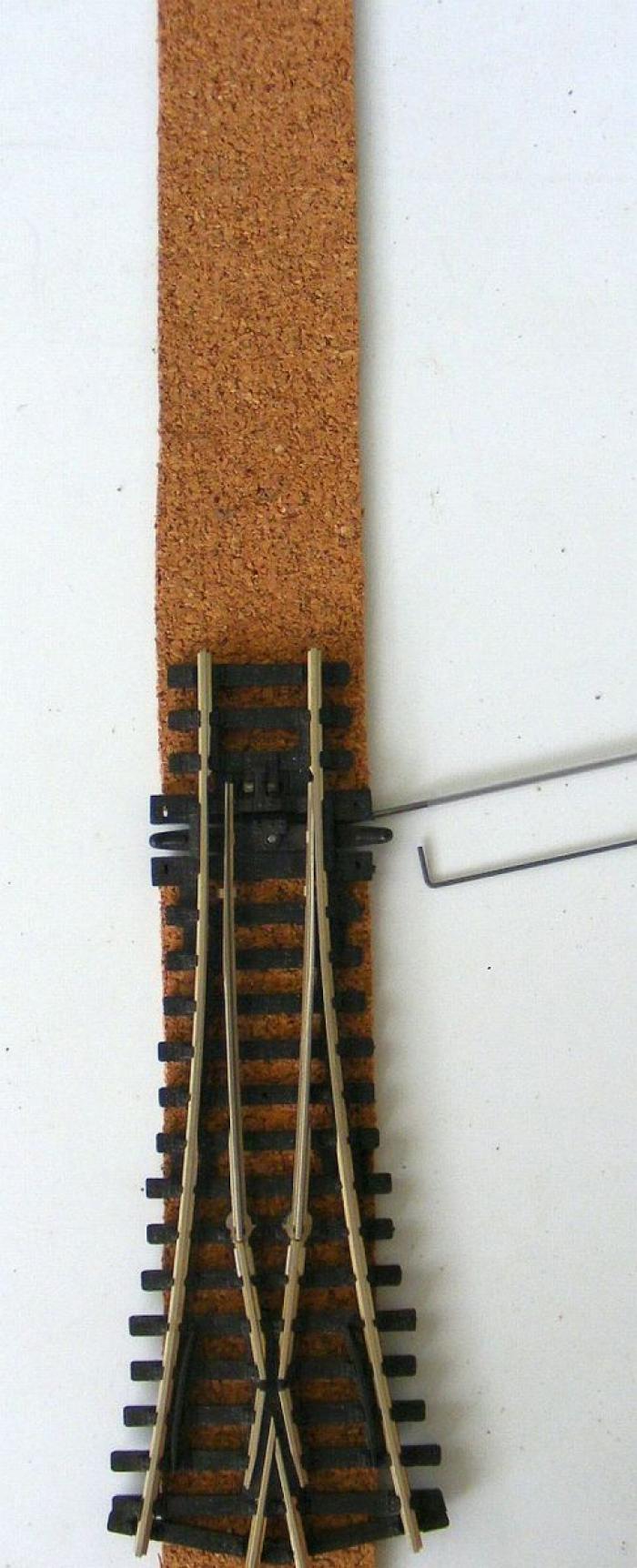Sullivan Gold-N-Cable
I guess it might be said that this is Sullivan's answer to a very small diameter, and very flexible system. It also uses a .032" inner cable that is a multistrand cable rather than a solid rod,...thus the name. Its outer diameter is slightly less at approx .06X"
http://sullivanproducts.com/product/032-brass-plated-ss-very-flexible/
Twice as expensive as the Du-Bro size for size,.....not so high on my list.
Oops I missed this solid rod version of theirs,....
http://sullivanproducts.com/product/solid-steel-rod/
"S587 – .025 High Tensile Rating Music Wire, Z-Bend, 36″ length, 12″ Minimum Radius, 1 set per package"
$3.74 each
I guess it might be said that this is Sullivan's answer to a very small diameter, and very flexible system. It also uses a .032" inner cable that is a multistrand cable rather than a solid rod,...thus the name. Its outer diameter is slightly less at approx .06X"
http://sullivanproducts.com/product/032-brass-plated-ss-very-flexible/
Twice as expensive as the Du-Bro size for size,.....not so high on my list.
Oops I missed this solid rod version of theirs,....
http://sullivanproducts.com/product/solid-steel-rod/
"S587 – .025 High Tensile Rating Music Wire, Z-Bend, 36″ length, 12″ Minimum Radius, 1 set per package"
$3.74 each





















